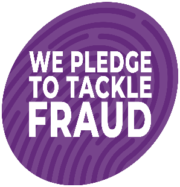New to gardening? We have some top tips to help you get inspired and plan your planting.
- You can always do something – whether you live in a house with a big front lawn, in a terrace with a small concrete area out the back, or in a flat with a small balcony. You can improve any outdoor space you have and work to any budget.
- When to start? – When you start planting is largely down to what plants you want for your garden. However, in many cases the best time of year to start planting is between February and May.
- Find out what sort of garden you have – knowing your garden well will help you choose plants. Have a think about the following:
- What direction does your garden face?
- How much sunlight does it get? Are there any parts of the garden that get less sunlight than others?
- What are you able to do on your property? You may have to ask permission if you rent or live in a council-owned property.
- How much soil do you have access to? Your garden may be better suited to raised beds or pots for plants if large parts of it are covered in concrete or gravel.
- Plan to your budget. Sit down and work out how much you would like to spend – this will help when choosing plants as they vary in price quite a lot.
- Look for a variety of plants that will provide year-round colour and interest in your garden, like the examples below: spring flowering bulbs, summer meadow flowers, autumn leaves and evergreens with berries.
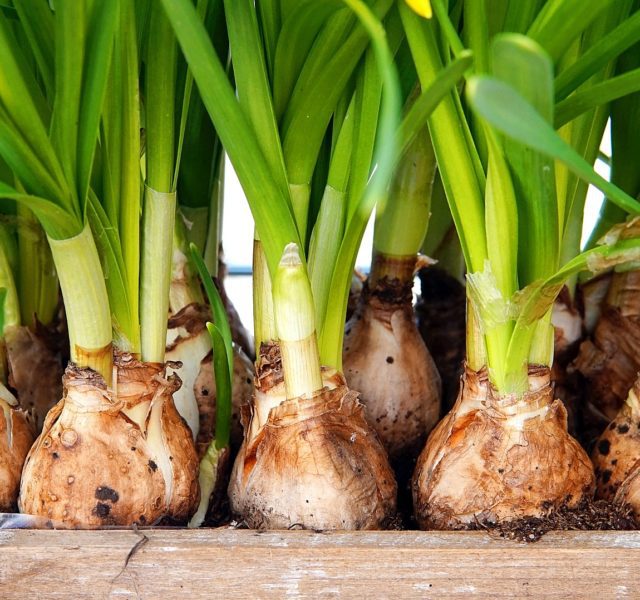
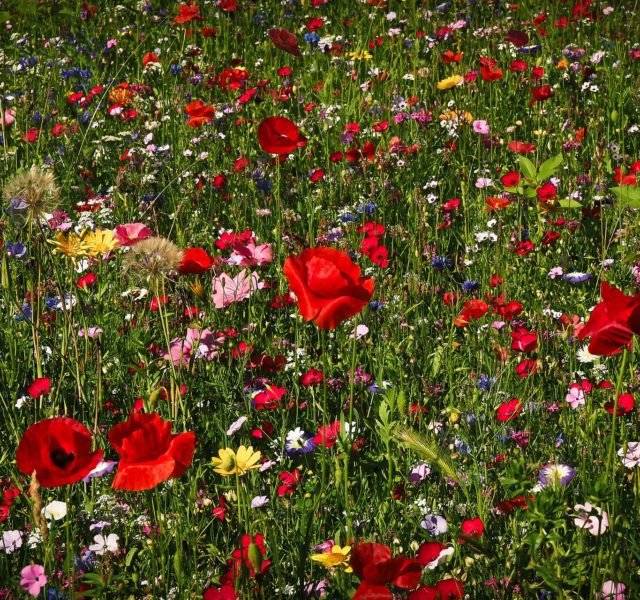
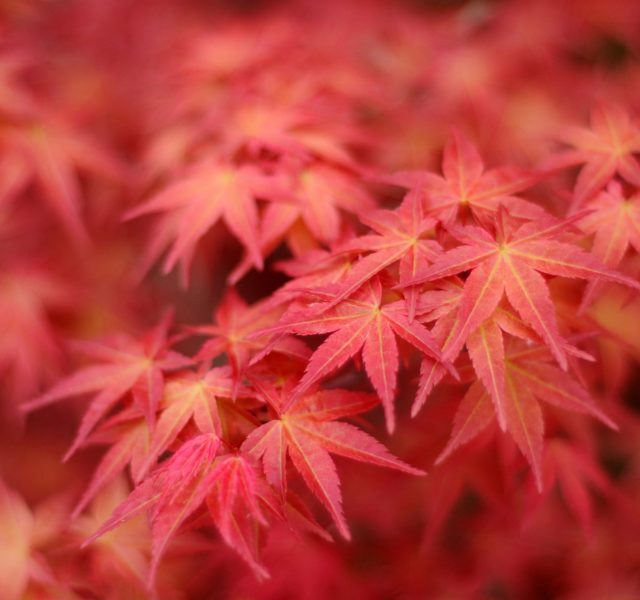
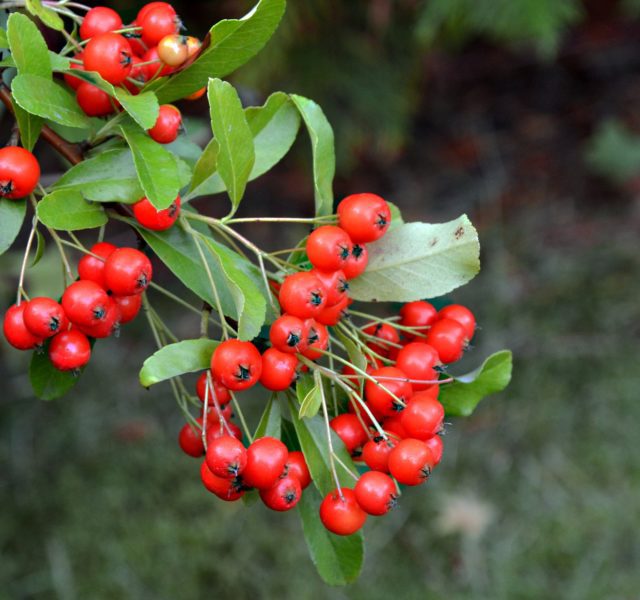
- Research online – the most common resources we link to in our guides are the Royal Horticultural Society (RHS) and Gardeners World websites. Both have comprehensive growing guides for almost every plant you could think of and lots of inspirational articles. The RHS tends to go into more depth whilst Gardeners World often contains videos from gardening TV shows.
- Be aware of toxic plants – some plants are poisonous to humans and pets, so it is important to find out if what you’re planting in your garden is toxic. Many online shops have this information on their web pages, and you can always ask for help at your local garden centre. You can also search online on sites like Gardeners World for information about specific plants. None of the plants we mention by name in our advice are reported to be toxic to humans.
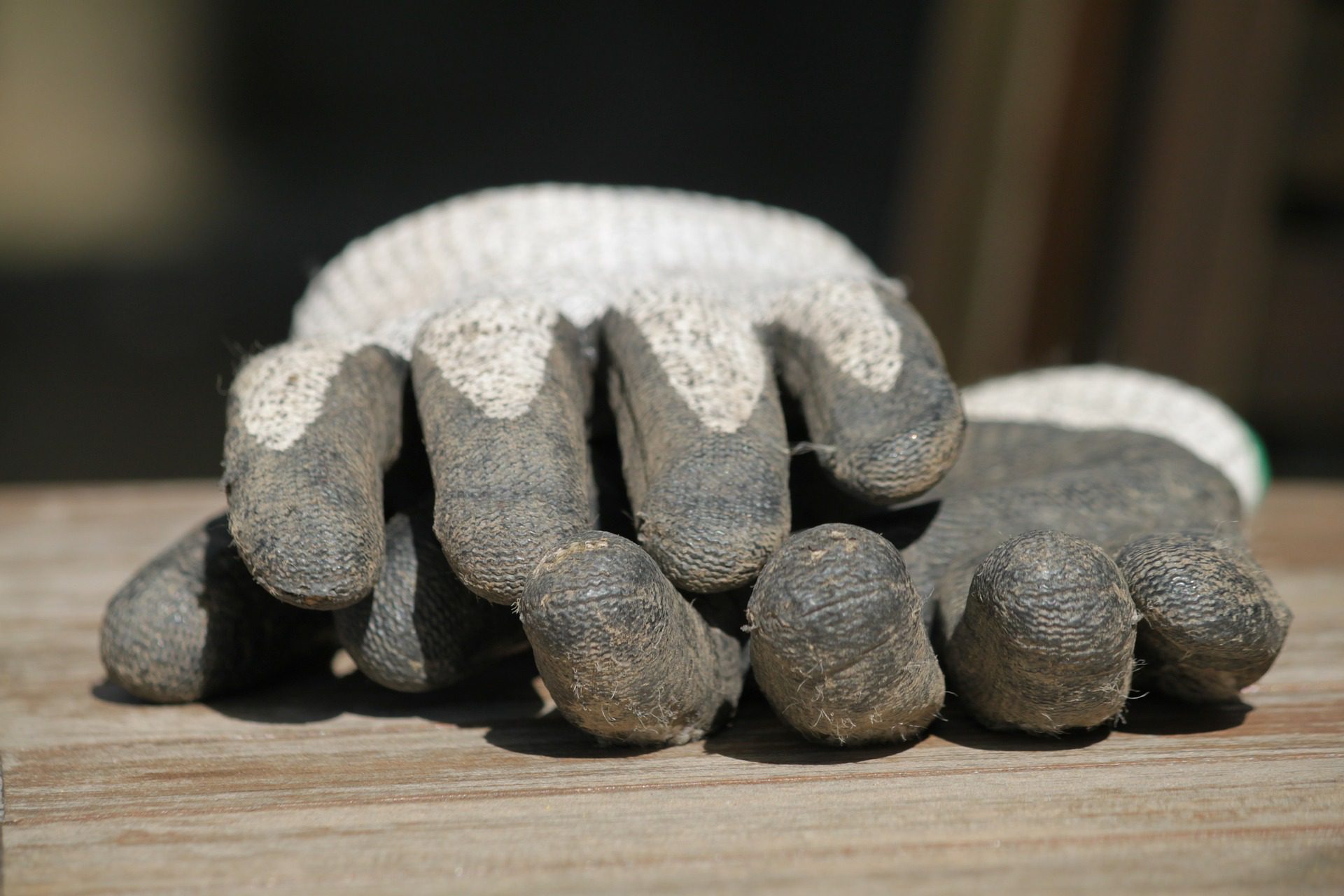
- Equipment – it’s worth investing in a good pair of gardening gloves, some pots, compost and a spade if you are planting in the ground, or a trowel if you’re planting in pots.
- Raised beds may be an option worth considering. They are more wheelchair and buggy-friendly and have the added bonuses of looking great and being easier to maintain. They take a bit of time and effort to put together though, so pots could be a better option. We are hoping to produce a separate guide to raised beds in the future. In the meantime, have a look at guides from Gardeners World and the RHS.
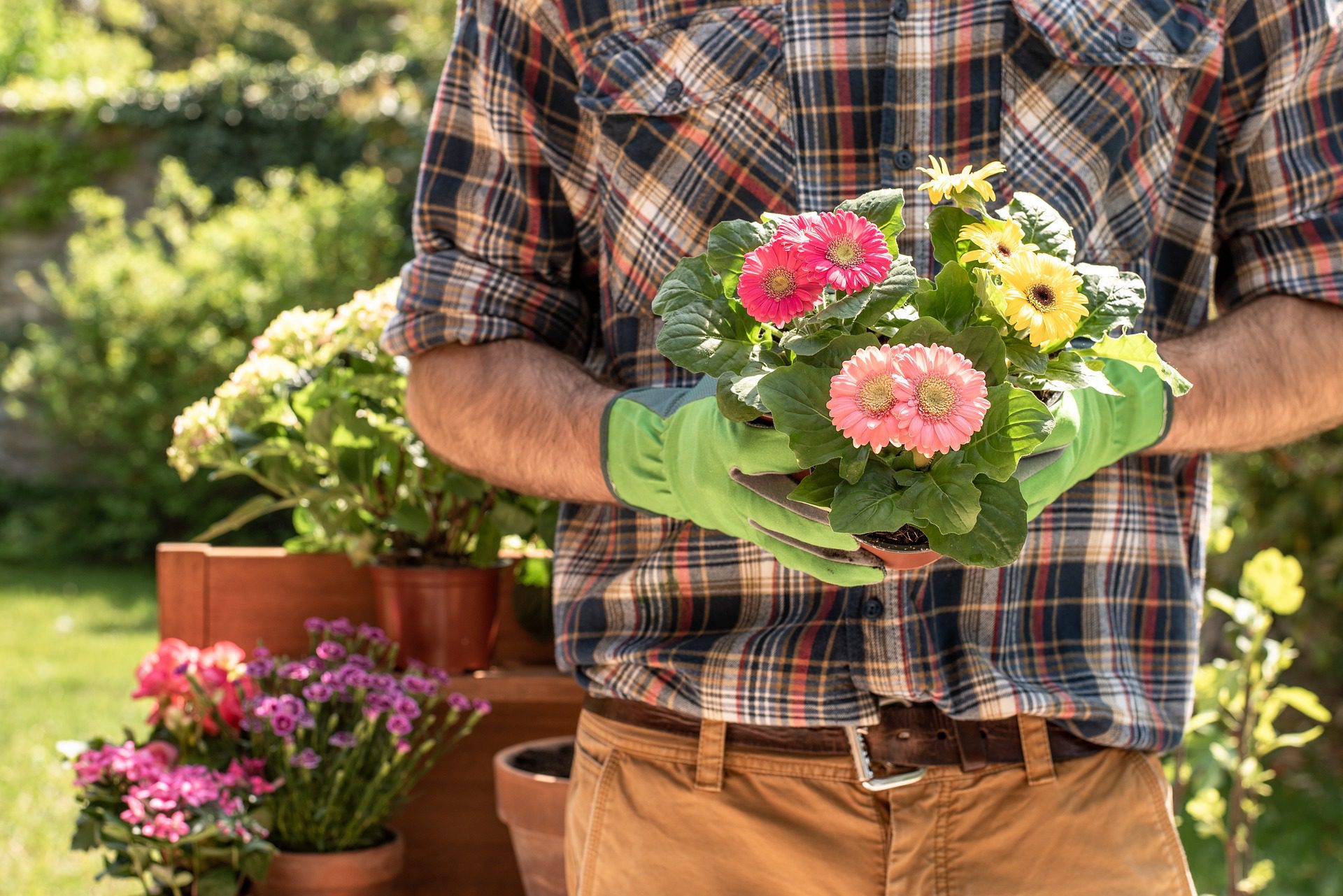
Please don’t forget to leave feedback on this article by clicking the smiley face!
The Helping Hands Team
First published: February 2021
Last reviewed: November 2023
Review due: November 2024



